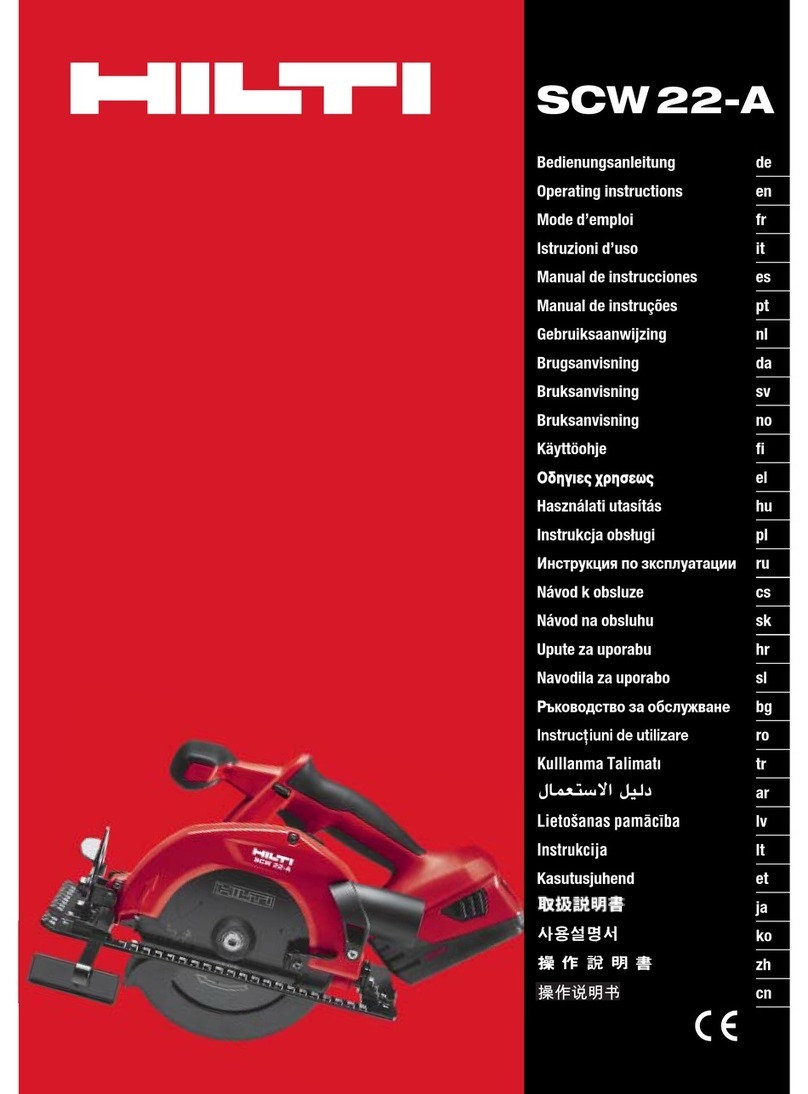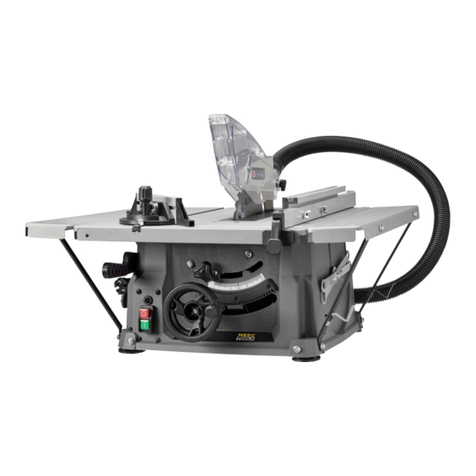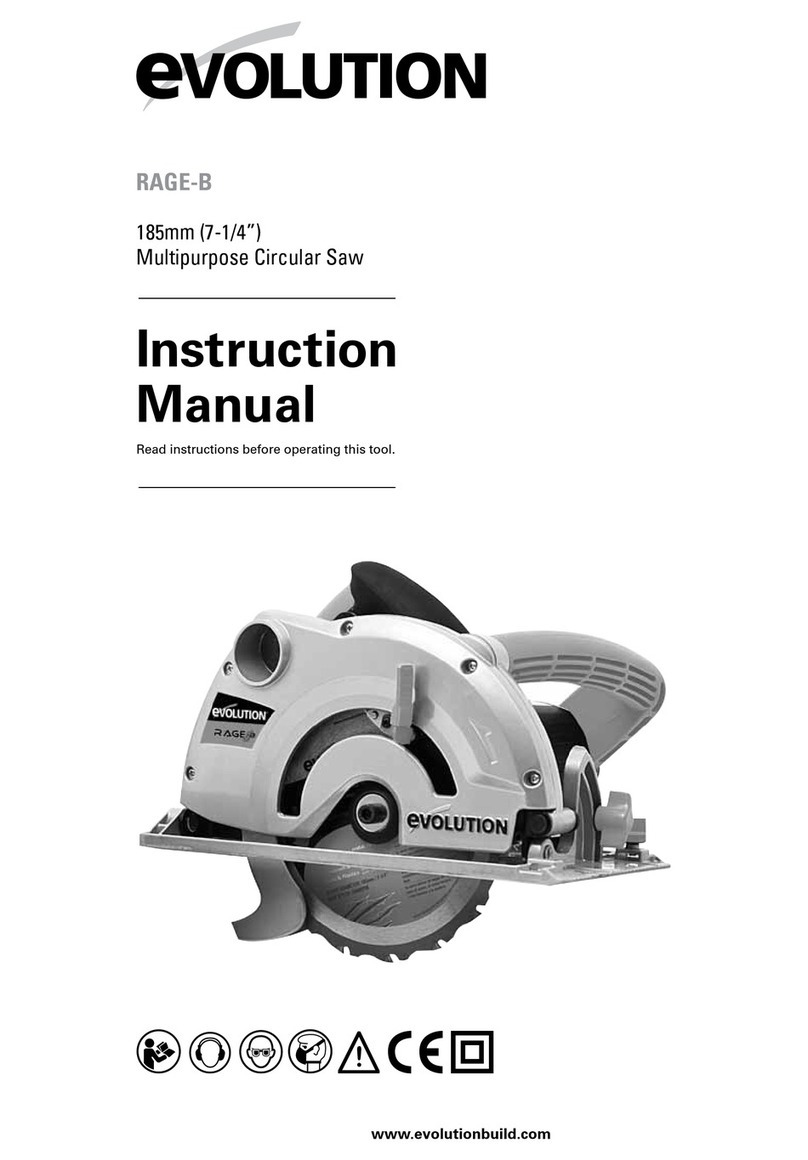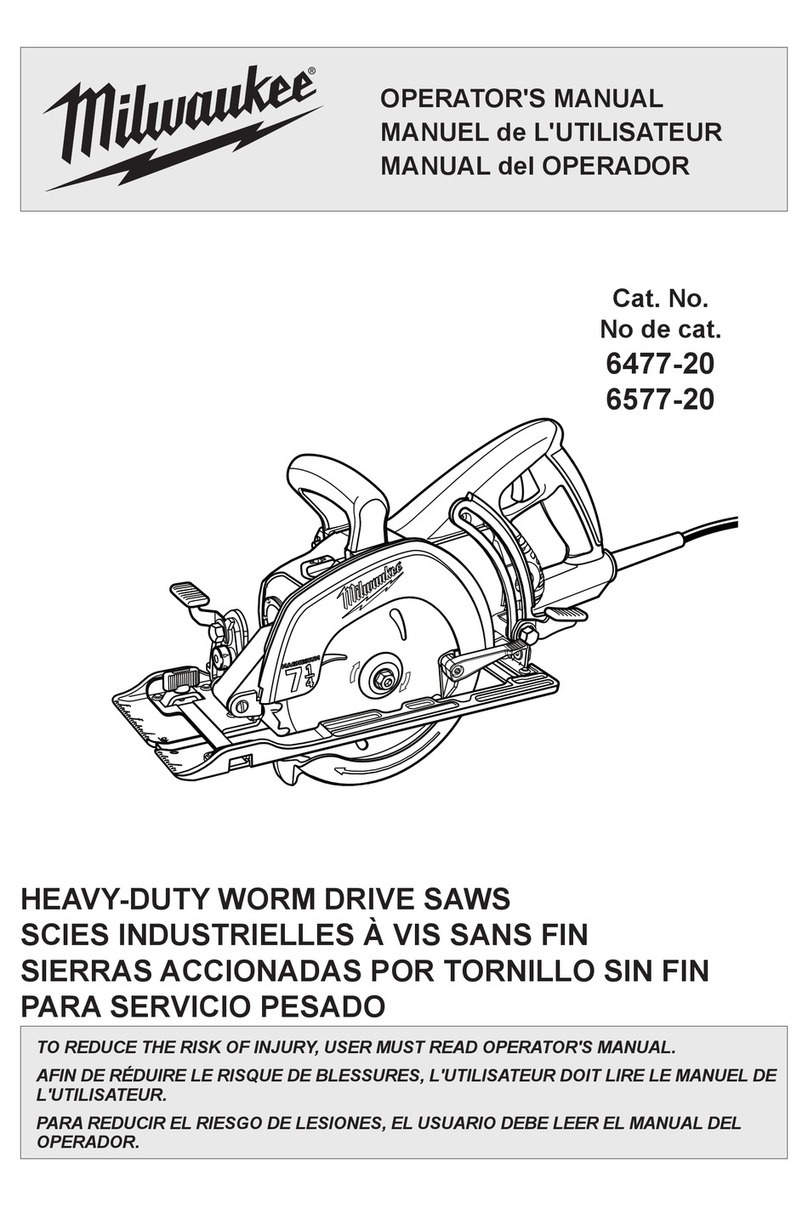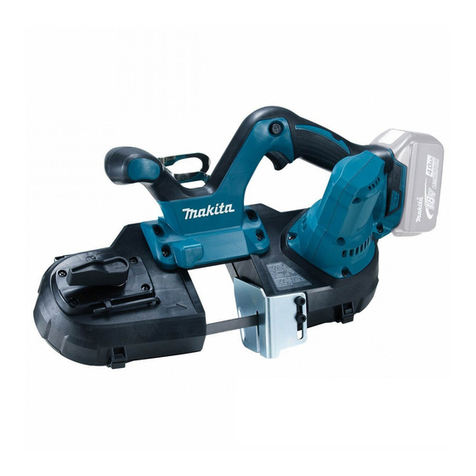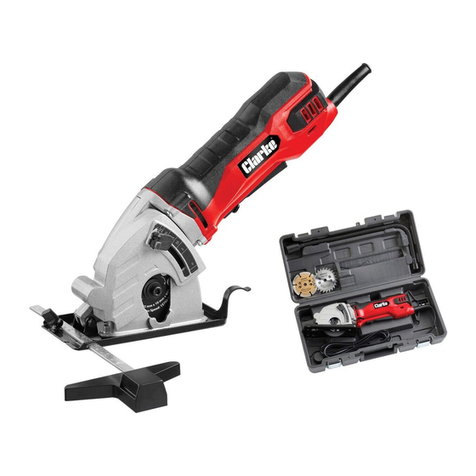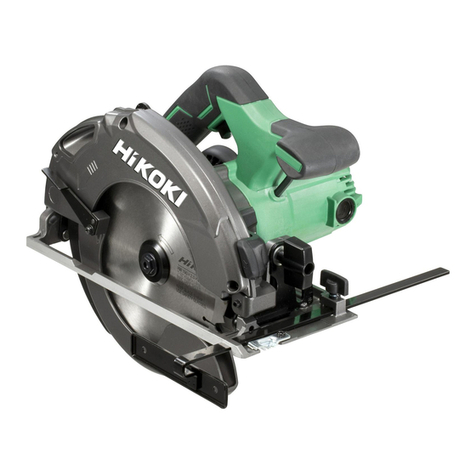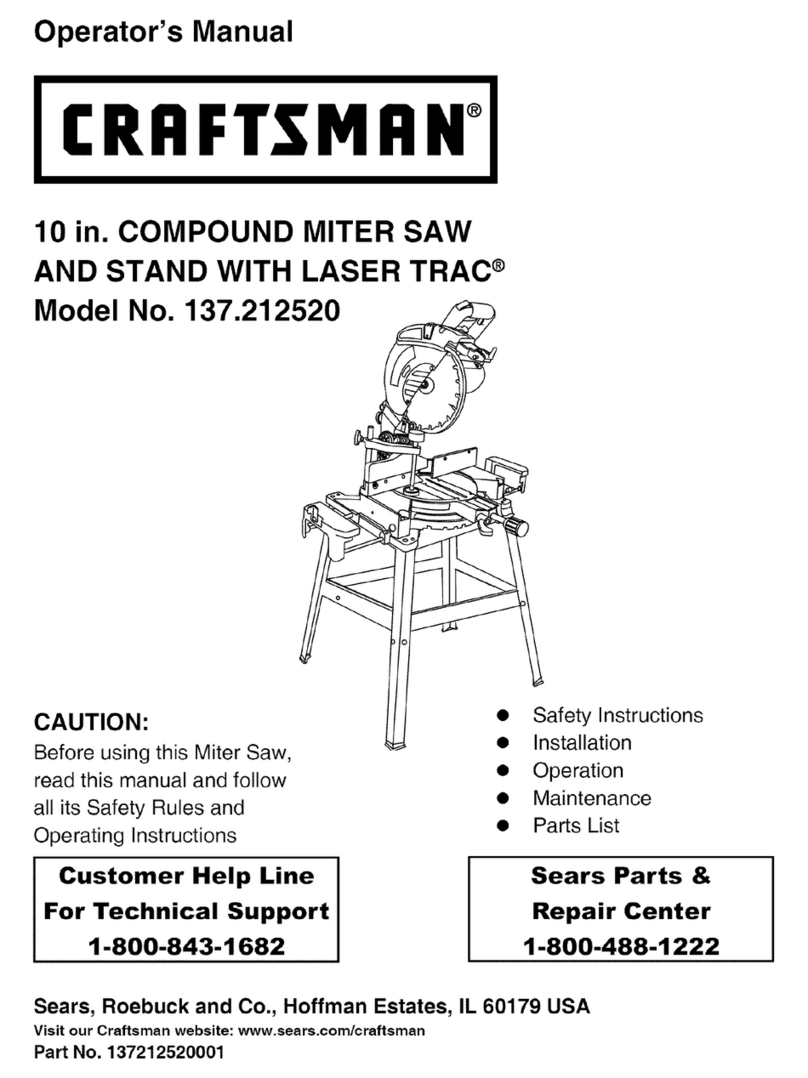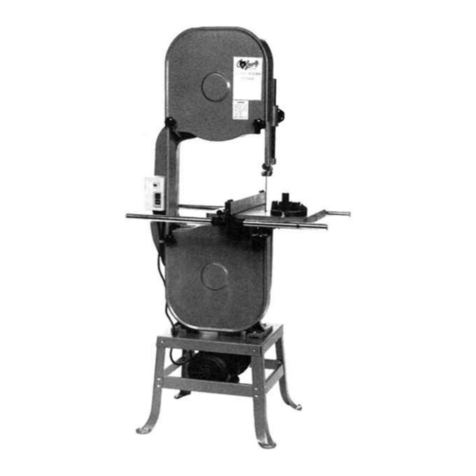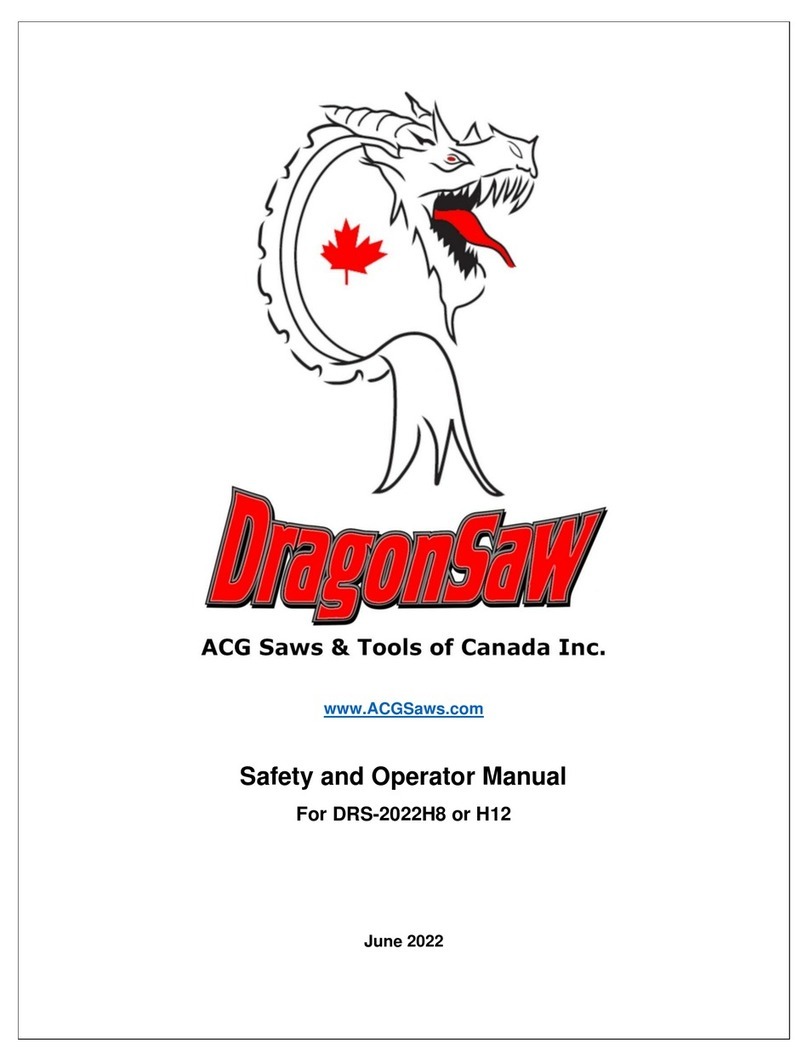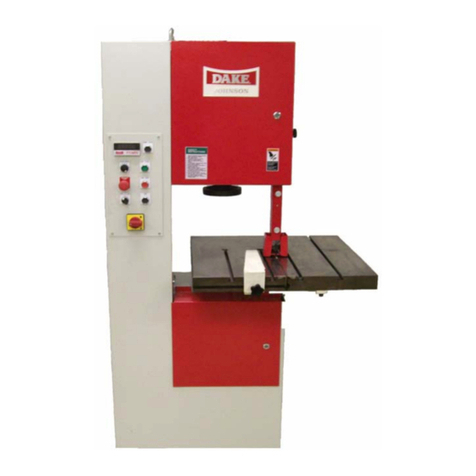Hilti SR 6-A22 User manual

Printed: 23.05.2019 | Doc-Nr: PUB / 5396155 / 000 / 01

Printed: 23.05.2019 | Doc-Nr: PUB / 5396155 / 000 / 01

English 1
1 Information about the documentation
1.1 About this documentation
• Read this documentation before initial operation or use. This is a
prerequisite for safe, trouble-free handling and use of the product.
• Observe the safety instructions and warnings in this documentation and
on the product.
• Always keep the operating instructions with the product and make sure
that the operating instructions are with the product when it is given to
other persons.
1.2 Explanation of symbols used
1.2.1 Warnings
Warnings alert persons to hazards that occur when handling or using the
product. The following signal words are used:
DANGER
DANGER !
▶Draws attention to imminent danger that will lead to serious personal
injury or fatality.
WARNING
WARNING !
▶Draws attention to a potential threat of danger that can lead to serious
injury or fatality.
CAUTION
CAUTION !
▶Draws attention to a potentially dangerous situation that could lead to
slight personal injury or damage to the equipment or other property.
1.2.2 Symbols in the documentation
The following symbols are used in this document:
Read the operating instructions before use.
Instructions for use and other useful information
Dealing with recyclable materials
Do not dispose of electric equipment and batteries as household
waste
1.2.3 Symbols in the illustrations
The following symbols are used in illustrations:
Printed: 23.05.2019 | Doc-Nr: PUB / 5396155 / 000 / 01

2 English
These numbers refer to the corresponding illustrations found at the
beginning of these operating instructions
The numbering reflects the sequence of operations shown in the
illustrations and may deviate from the steps described in the text
Item reference numbers are used in the overview illustrations and
refer to the numbers used in the product overview section
This symbol is intended to draw special attention to certain points
when handling the product.
1.3 Product-dependent symbols
1.3.1 Symbols on the product
The following symbols can be used on the product:
Direct current (DC)
Stroke rate under no load
Wireless data transfer
Li-ion battery
Hilti Li-ion battery type series used. Observe the information given in
the section headed Intended use.
1.4 Product information
products are designed for professional users and only trained,
authorized personnel are permitted to operate, service and maintain the
products. This personnel must be specifically informed about the possible
hazards. The product and its ancillary equipment can present hazards if
used incorrectly by untrained personnel or if used not in accordance with
the intended use.
The type designation and serial number are printed on the rating plate.
▶Write down the serial number in the table below. You will be required to
state the product details when contacting Hilti Service or your local Hilti
organization to inquire about the product.
Product information
Reciprocating saw SR 6-A22
Generation 01
Serial no.
1.5 Declaration of conformity
We declare, on our sole responsibility, that the product described here
complies with the applicable directives and standards. A copy of the
Printed: 23.05.2019 | Doc-Nr: PUB / 5396155 / 000 / 01

English 3
declaration issued by the certification department can be found at the end
of this documentation.
The technical documentation is filed here:
Hilti Entwicklungsgesellschaft mbH | Tool Certification | Hiltistrasse 6 | 86916
Kaufering, Germany
2 Safety
2.1 General power tool safety warnings
WARNING Read all safety warnings, instructions, illustrations and
specifications provided with this power tool. Failure to follow all instruc-
tions listed below may result in electric shock, fire and/or serious injury.
Save all warnings and instructions for future reference.
The term "power tool" in the warnings refers to your mains-operated (corded)
power tool or battery-operated (cordless) power tool.
Work area safety
▶Keep work area clean and well lit. Cluttered or dark areas invite
accidents.
▶Do not operate power tools in explosive atmospheres, such as in
the presence of flammable liquids, gases or dust. Power tools create
sparks which may ignite the dust or fumes.
▶Keep children and bystanders away while operating a power tool.
Distractions can cause you to lose control.
Electrical safety
▶Power tool plugs must match the outlet. Never modify the plug in any
way. Do not use any adapter plugs with earthed (grounded) power
tools. Unmodified plugs and matching outlets will reduce risk of electric
shock.
▶Avoid body contact with earthed or grounded surfaces, such as
pipes, radiators, ranges and refrigerators. There is an increased risk of
electric shock if your body is earthed or grounded.
▶Do not expose power tools to rain or wet conditions. Water entering a
power tool will increase the risk of electric shock.
▶Do not abuse the cord. Never use the cord for carrying, pulling or
unplugging the power tool. Keep cord away from heat, oil, sharp
edges or moving parts. Damaged or entangled cords increase the risk
of electric shock.
▶When operating a power tool outdoors, use an extension cord suitable
for outdoor use. Use of a cord suitable for outdoor use reduces the risk
of electric shock.
▶If operating a power tool in a damp location is unavoidable, use
a residual current device (RCD) protected supply. Use of an RCD
reduces the risk of electric shock.
Printed: 23.05.2019 | Doc-Nr: PUB / 5396155 / 000 / 01

4 English
Personal safety
▶Stay alert, watch what you are doing and use common sense when
operating a power tool. Do not use a power tool while you are tired
or under the influence of drugs, alcohol or medication. A moment
of inattention while operating power tools may result in serious personal
injury.
▶Use personal protective equipment. Always wear eye protection.
Protective equipment such as a dust mask, non-skid safety shoes, hard
hat or hearing protection used for appropriate conditions will reduce
personal injuries.
▶Prevent unintentional starting. Ensure the switch is in the off-position
before connecting to power source and/or battery pack, picking up
or carrying the tool. Carrying power tools with your finger on the switch
or energising power tools that have the switch on invites accidents.
▶Remove any adjusting key or wrench before turning the power tool
on. A wrench or a key left attached to a rotating part of the power tool
may result in personal injury.
▶Do not overreach. Keep proper footing and balance at all times. This
enables better control of the power tool in unexpected situations.
▶Dress properly. Do not wear loose clothing or jewellery. Keep your
hair, clothing and gloves away from moving parts. Loose clothes,
jewellery or long hair can be caught in moving parts.
▶If devices are provided for the connection of dust extraction and
collection facilities, ensure these are connected and properly used.
Use of dust collection can reduce dust-related hazards.
▶Do not let familiarity gained from frequent use of tools allow you
to become complacent and ignore tool safety principles. A careless
action can cause severe injury within a fraction of a second.
Power tool use and care
▶Do not force the power tool. Use the correct power tool for your
application. The correct power tool will do the job better and safer at the
rate for which it was designed.
▶Do not use the power tool if the switch does not turn it on and off.
Any power tool that cannot be controlled with the switch is dangerous
and must be repaired.
▶Disconnect the plug from the power source and/or remove the
battery pack, if detachable, from the power tool before making
any adjustments, changing accessories, or storing power tools. Such
preventive safety measures reduce the risk of starting the power tool
accidentally.
▶Store idle power tools out of the reach of children and do not
allow persons unfamiliar with the power tool or these instructions
to operate the power tool. Power tools are dangerous in the hands of
untrained users.
Printed: 23.05.2019 | Doc-Nr: PUB / 5396155 / 000 / 01

English 5
▶Maintain power tools and accessories. Check for misalignment or
binding of moving parts, breakage of parts and any other condition
that may affect the power tool’s operation. If damaged, have the
power tool repaired before use. Many accidents are caused by poorly
maintained power tools.
▶Keep cutting tools sharp and clean. Properly maintained cutting tools
with sharp cutting edges are less likely to bind and are easier to control.
▶Use the power tool, accessories and tool bits etc. in accordance with
these instructions, taking into account the working conditions and
the work to be performed. Use of the power tool for operations different
from those intended could result in a hazardous situation.
▶Keep handles and grasping surfaces dry, clean and free from oil and
grease. Slippery handles and grasping surfaces do not allow for safe
handling and control of the tool in unexpected situations.
Battery tool use and care
▶Recharge only with the charger specified by the manufacturer. A
charger that is suitable for one type of battery pack may create a risk of
fire when used with another battery pack.
▶Use power tools only with specifically designated battery packs. Use
of any other battery packs may create a risk of injury and fire.
▶When battery pack is not in use, keep it away from other metal
objects, like paper clips, coins, keys, nails, screws or other small
metal objects, that can make a connection from one terminal to
another. Shorting the battery terminals together may cause burns or a
fire.
▶Under abusive conditions, liquid may be ejected from the battery;
avoid contact. If contact accidentally occurs, flush with water. If
liquid contacts eyes, additionally seek medical help. Liquid ejected
from the battery may cause irritation or burns.
▶Do not use a battery pack or tool that is damaged or modified.
Damaged or modified batteries may exhibit unpredictable behaviour
resulting in fire, explosion or risk of injury.
▶Do not expose a battery pack or tool to fire or excessive temperature.
Exposure to fire or temperature above 130° C (265 °F) may cause
explosion.
▶Follow all charging instructions and do not charge the battery pack
or tool outside the temperature range specified in the instructions.
Charging improperly or at temperatures outside the specified range may
damage the battery and increase the risk of fire.
Service
▶Have your power tool serviced by a qualified repair person using only
identical replacement parts. This will ensure that the safety of the power
tool is maintained.
Printed: 23.05.2019 | Doc-Nr: PUB / 5396155 / 000 / 01

6 English
▶Never service damaged battery packs. Service of battery packs should
only be performed by the manufacturer or authorized service providers.
2.2 Safety instructions for reciprocating saws
▶Hold the power tool by insulated gripping surfaces, when performing
an operation where the cutting accessory may contact hidden wiring.
Cutting accessory contacting a "live" wire may make exposed metal parts
of the power tool "live" and could give the operator an electric shock.
▶Use clamps or another practical way to secure and support the
workpiece to a stable platform. Holding the workpiece by hand or
against your body leaves it unstable and may lead to loss of control.
2.3 Additional safety instructions for saws
Personal safety
▶Keep your hands away from the cutting area and the blade. Keep your
second hand on the auxiliary handle or the motor housing. When both
hands are on the saw they cannot be injured by it.
▶Use the product only when it is in perfect working order.
▶Never tamper with or modify the power tool in any way.
▶Wear protective gloves also when changing the accessory tool. Touching
the accessory tool presents a risk of injury (cuts or burns).
▶Before starting work, check the hazard class of the dust that will be pro-
duced when working. Use an industrial vacuum cleaner with an officially
approved protection class in compliance with the locally applicable dust
protection regulations. Dust from materials such as lead-based paint,
certain types of wood and concrete/masonry/stone containing quartz,
minerals or metal can be harmful to health.
▶Make sure that the workplace is well ventilated and, if necessary, wear
a respirator appropriate for the type of dust generated. Contact with
or inhalation of the dust can cause allergic reactions and/or respiratory
or other diseases among operators or bystanders. Only specialists are
permitted to handle material containing asbestos.
▶Do not reach underneath the workpiece.
▶Never hold the workpiece with your hand or across your leg. Secure the
workpiece in a sturdy holder.
▶Always hold the power tool firmly with both hands on the handles provided
for the purpose and position your arms to absorb kickback forces.
▶Keep the grips clean and dry.
▶Position yourself off to one side of the blade, never bring the blade into
line with your body. The saw can jump backward toward you if kickback
occurs.
▶If the saw blade binds or when you interrupt work for any reason, switch
off the saw and hold it motionless in the material until the saw blade
comes to a complete stop. Never attempt to remove the saw from the
Printed: 23.05.2019 | Doc-Nr: PUB / 5396155 / 000 / 01

English 7
workpiece or pull the saw back while the blade is in motion, as otherwise
the saw could kick back.
▶When restarting a saw in the workpiece, center the saw blade in the kerf
and check that saw teeth are not in engagement with the workpiece.
▶Use extra caution when sawing into walls or other blind areas. As it enters
the material the blade might encounter a hidden obstruction, resulting in
kickback.
Electrical safety
▶Before beginning work, check the working area for concealed electric
cables or gas and water pipes. External metal parts of the power tool
can become live, presenting a risk of electric shock, if you accidentally
damage an electric cable.
▶Hold the power tool by the insulated gripping surfaces when performing
work in which the accessory tool might come into contact with concealed
wiring. If the accessory tool comes into contact with a live wire, metal
parts of the power tool can also become live, resulting in an electric
shock.
Power tool use and care
▶Do not use dull or damaged blades. These cause increased friction and
present a high risk of the saw blade binding or kicking back.
▶Comply with the manufacturer's instructions for handling and storing saw
blades.
▶The product must be pressed against the workpiece until the contact
shoe makes firm contact. This ensures optimum and safe progress as
you work.
▶Wear suitable protective clothing as protection against hot particles of
material.
2.4 Additional safety instructions
▶Use the product only when it is in perfect working order.
▶Never tamper with or modify the power tool in any way.
▶Do not use dull or damaged blades. These cause increased friction and
present a high risk of the saw blade binding or kicking back.
▶Before beginning work, check the working area for concealed electric
cables or gas and water pipes. External metal parts of the power tool
can become live, presenting a risk of electric shock, if you accidentally
damage an electric cable.
▶Secure the workpiece in a sturdy holder. Never hold the workpiece with
your hand or across your leg.
▶Switch the product on only after bringing it to the working position.
▶When working with the power tool, always guide it away from your body.
▶Apply only moderate pressure and cut at an appropriate speed, especially
when cutting large-diameter pipes. This will help to prevent the power
tool overheating.
Printed: 23.05.2019 | Doc-Nr: PUB / 5396155 / 000 / 01

8 English
▶Before cutting through pipes, make sure that they are empty of medium.
Drain the pipes if necessary.
▶When cutting through pipes, hold the power tool above the level of the
pipe you are cutting through.
➥ The power tool is not protected against ingress of moisture. Liquid
running out of a pipe can cause a short circuit in the power tool.
▶Never cut into unknown materials and make sure the path of the saw is
free of obstructions above and below the workpiece.
➥ The power tool can kick back if the saw blade comes into contact with
an obstructing object.
▶Wear protective gloves also when changing the accessory tool. Touching
the accessory tool presents a risk of injury (cuts or burns).
▶Always remove the battery when the power tool is not in use, before
maintenance, before changing accessory tools and in preparation for and
throughout transport.
▶Engage the transport lock before storing or transporting the power tool.
▶Comply with the manufacturer's instructions for handling and storing saw
blades.
▶The user and persons in the vicinity must wear suitable protective goggles,
a hard hat, ear defenders, protective gloves and light respiratory protection
while the power tool is in use.
▶Always use a saw blade of appropriate length. The saw blade must over
the workpiece while the complete Hubs stroke.
▶Take breaks between working and do relaxation and finger exercises to
improve the blood circulation in your fingers.
▶Do not look directly into the light source (LEDs) of the power tool and do
not aim the beam at other persons’ faces. Risk of dazzling or eye damage.
▶Flying fragments can injure the body and eyes. Wear your personal
protective equipment and always wear protective glasses and protective
gloves.
▶If work involves break-through, always secure the area on the side
opposite where the work is carried out.
2.5 Battery use and care
▶Observe the special regulations and instructions applicable to the trans-
port, storage and use of Li-ion batteries.
▶Do not expose batteries to high temperatures, direct sunlight or fire.
▶Do not disassemble, crush or incinerate batteries and do not subject them
to temperatures over 80 °C.
▶Do not use or charge batteries that have suffered mechanical impact,
have been dropped from a height or show signs of damage. In this case,
always contact your Hilti Service.
▶If the battery is too hot to touch it may be defective. In this case, place the
product in a non-flammable location, well away from flammable materials,
Printed: 23.05.2019 | Doc-Nr: PUB / 5396155 / 000 / 01

English 9
where it can be kept under observation and allowed to cool down. In this
case, always contact your Hilti Service.
3 Description
3.1 Product overview
@Blade holder
;Mount for cutting assist
=Folding scaffold hook (acces-
sory)
%Safety lock
&Control switch
(Rear grip
Printed: 23.05.2019 | Doc-Nr: PUB / 5396155 / 000 / 01

10 English
)Battery state of charge indica-
tor
+Battery release button
§Battery
/Attachment eye for lanyard
:Front gripping area with lock-
ing button for contact shoe
∙Saw blade release lever
$Suction hose connector (ac-
cessory)
£Contact shoe
|Saw blade
¡Cutting assist (accessory)
3.2 Intended use
The product described is a cordless reciprocating saw. It is designed for
cutting wood, wood-like materials, metals and plastics.
The product is designed for two-handed operation.
▶Use only Hilti lithiumion batteries of the B 18 / B 22 series with this
product.
▶Use only Hilti battery chargers of the C4/36 series with these batteries.
3.3 Possible misuse
▶Do not use the power tool to cut bricks, concrete, cellular concrete,
natural stone or tiles.
▶Do not use the product to cut pipes that still contain liquids.
▶Do not saw into unknown materials.
3.4 Lithiumion battery status display
The Li-ion battery state of charge and malfunctions of the power tool are
indicated by the display on the Liion battery. The Liion battery state of
charge is displayed after pressing one of the two battery release buttons.
Status Meaning
4 LEDs light. State of charge: 75 % to 100 %
3 LEDs light. State of charge: 50 % to 75 %
2 LEDs light. State of charge: 25 % to 50 %
1 LED lights. State of charge: 10 % to 25 %
1 LED blinks. State of charge: < 10 %
1 LED blinks, the power tool is not
ready for use.
The battery has overheated or is
completely discharged.
4 LEDs blink, the power tool is not
ready for use.
The power tool is overloaded or has
overheated.
Battery state of charge cannot be displayed while the control switch is
pressed and for up to 5 seconds after releasing the control switch.
If the battery display LEDs blink, please observe the instructions given
in the Troubleshooting section.
Printed: 23.05.2019 | Doc-Nr: PUB / 5396155 / 000 / 01

English 11
3.5 Items supplied
Reciprocating saw, operating instructions.
Other system products approved for use with this product can be found at
your local Hilti Store or at: www.hilti.group | USA: www.hilti.com
4 Technical data
SR 6-A22
Rated voltage 21.6 V
Weight including battery B22⁄8.0 4.1 kg
(9.0 lb)
Stroke rate 2,600 /min
Stroke length 32 mm
(1.3 in)
Blade holder 0.5 in
Storage temperature −20 ℃ … 70 ℃
(−4 ℉ … 158 ℉)
Ambient temperature for operation −17 ℃ … 60 ℃
(1 ℉ … 140 ℉)
4.1 Battery
Battery operating voltage 21.6 V
Ambient temperature for operation −17 ℃ … 60 ℃
(1 ℉ … 140 ℉)
Storage temperature −20 ℃ … 40 ℃
(−4 ℉ … 104 ℉)
Battery charging starting temperature −10 ℃ … 45 ℃
(14 ℉ … 113 ℉)
5 Preparations at the workplace
CAUTION
Risk of injury by inadvertent starting!
▶Before inserting the battery, make sure that the product is switched off.
▶Remove the battery before making any adjustments to the power tool or
before changing accessories.
Observe the safety instructions and warnings in this documentation and on
the product.
Printed: 23.05.2019 | Doc-Nr: PUB / 5396155 / 000 / 01

12 English
5.1 Charging the battery
1. Before charging the battery, read the operating instructions for the
charger.
2. Make sure that the contacts on the battery and the contacts on the
charger are clean and dry.
3. Use an approved charger to charge the battery.
5.2 Inserting the battery
CAUTION
Risk of injury by short circuit or falling battery!
▶Before inserting the battery, make sure that the contacts on the battery
and the contacts on the product are free of foreign matter.
▶Make sure that the battery always engages correctly.
1. Charge the battery fully before using it for the first time.
2. Push the battery into the battery holder until it engages with an audible
click.
3. Check that the battery is seated securely.
5.3 Removing the battery
1. Press the release buttons on the battery.
2. Pull the battery out of its holder in the device.
5.4 Installing the scaffold hook (accessory)
1. Engage the transport lock.
2. Install the scaffold hook.
5.5 Inserting the saw blade
Use only saw blades with a 1/2" connection end.
Printed: 23.05.2019 | Doc-Nr: PUB / 5396155 / 000 / 01

English 13
1. Activate the transport lock or separate the battery from the power tool.
2. Check that the connection end of the accessory tool is clean and lightly
greased. Clean it and grease it if necessary.
3. Push the locking lever up as far as it will go and hold it in this position.
4. Push the saw blade into the chuck from in front.
5. Allow the locking lever to return to its original position.
6. Grip and pull the saw blade to check that it is locked in position.
5.6 Installing the dust removal adapter (accessory)
1. Pull the contact shoe out.
2. Set the dust removal adapter on the contact shoe mount.
3. Insert the lightly greased contact shoe fully into the guide.
6 Operation
CAUTION
Risk of injury by short circuit or falling battery!
▶Before inserting the battery, make sure that the contacts on the battery
and the contacts on the product are free of foreign matter.
▶Make sure that the battery always engages correctly.
Printed: 23.05.2019 | Doc-Nr: PUB / 5396155 / 000 / 01

14 English
Observe the safety instructions and warnings in this documentation and on
the product.
6.1 Guiding the saw
1. Hold the saw by the grips provided for the purpose.
2. Guide the saw to the workpiece.
3. Guide the saw forward and back.
➥ If you press the saw against the workpiece there is a risk of the saw
blade breaking and causing injuries.
6.2 Sawing
WARNING
Risk of injury by defective scaffold hook! A falling tool could injure you or
others.
▶Before starting work, check that the scaffold hook is secure and undam-
aged.
Printed: 23.05.2019 | Doc-Nr: PUB / 5396155 / 000 / 01

English 15
1. Disengage the transport lock and press the control switch.
➥ The graphics section illustrates various ways of guiding the saw
effectively.
2. Release the control switch when you finish the cut.
3. Engage the transport lock.
Printed: 23.05.2019 | Doc-Nr: PUB / 5396155 / 000 / 01

16 English
6.3 Removing the saw blade
CAUTION
Risk of injury! The accessory tool may be hot and/or have sharp edges.
▶Wear protective gloves when changing the accessory tool.
▶Never lay down a hot accessory tool on a flammable surface.
1. Engage the transport lock or remove the battery from the power tool.
2. Push the locking lever up as far as it will go and hold it in this position.
3. Pull the blade forward out of the blade holder.
4. Allow the locking lever to return to its original position.
7 Care and maintenance
WARNING
Risk of injury with battery inserted !
▶Always remove the battery before carrying out care and maintenance
tasks!
Care and maintenance of the tool
• Carefully remove stubborn dirt from the tool.
• Clean the air vents carefully with a dry brush.
• Use only a slightly damp cloth to clean the casing. Do not use cleaning
agents containing silicone as these can attack the plastic parts.
• Clean and lubricate the chuck from the outside at regular intervals. Use
the Hilti spray 314648 for this purpose.
Care of the Liion batteries
• Keep the battery free from oil and grease.
• Use only a slightly damp cloth to clean the casing. Do not use cleaning
agents containing silicone as these can attack the plastic parts.
• Avoid ingress of moisture.
Maintenance
• Check all visible parts and controls for signs of damage at regular intervals
and make sure that they all function correctly.
Printed: 23.05.2019 | Doc-Nr: PUB / 5396155 / 000 / 01
Other manuals for SR 6-A22
2
This manual suits for next models
1
Table of contents
Other Hilti Saw manuals
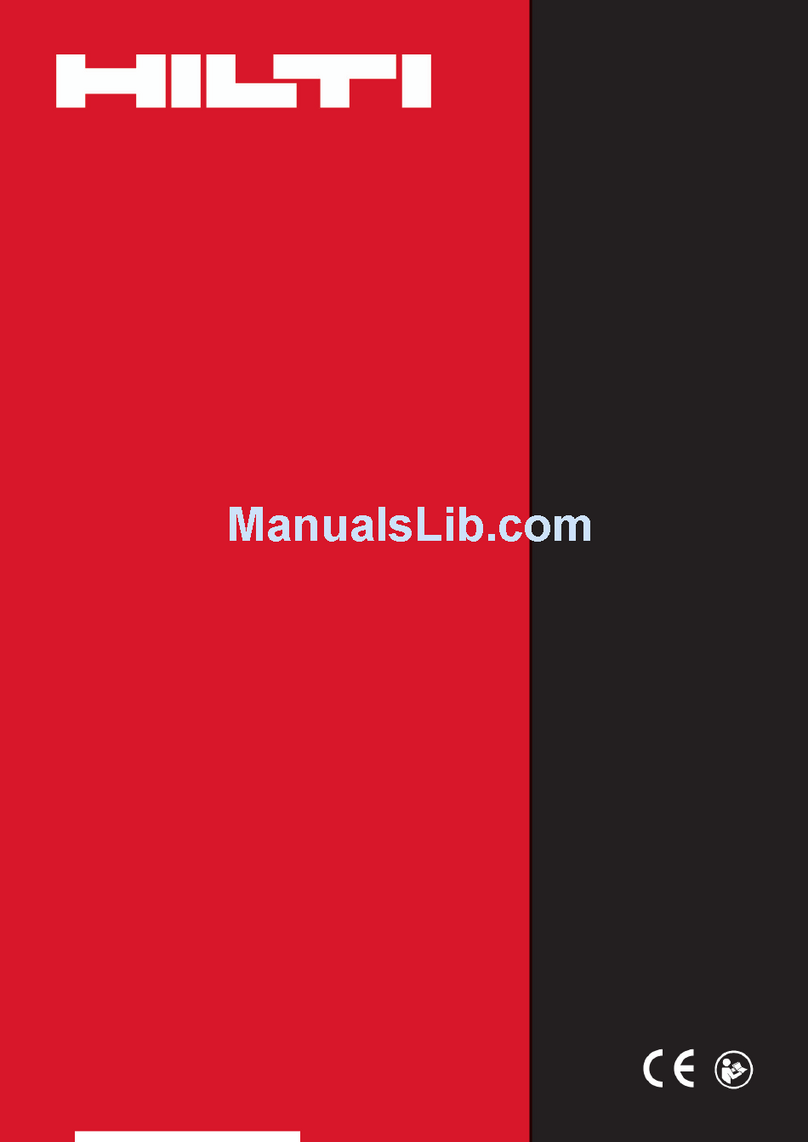
Hilti
Hilti SCW 22-A User manual
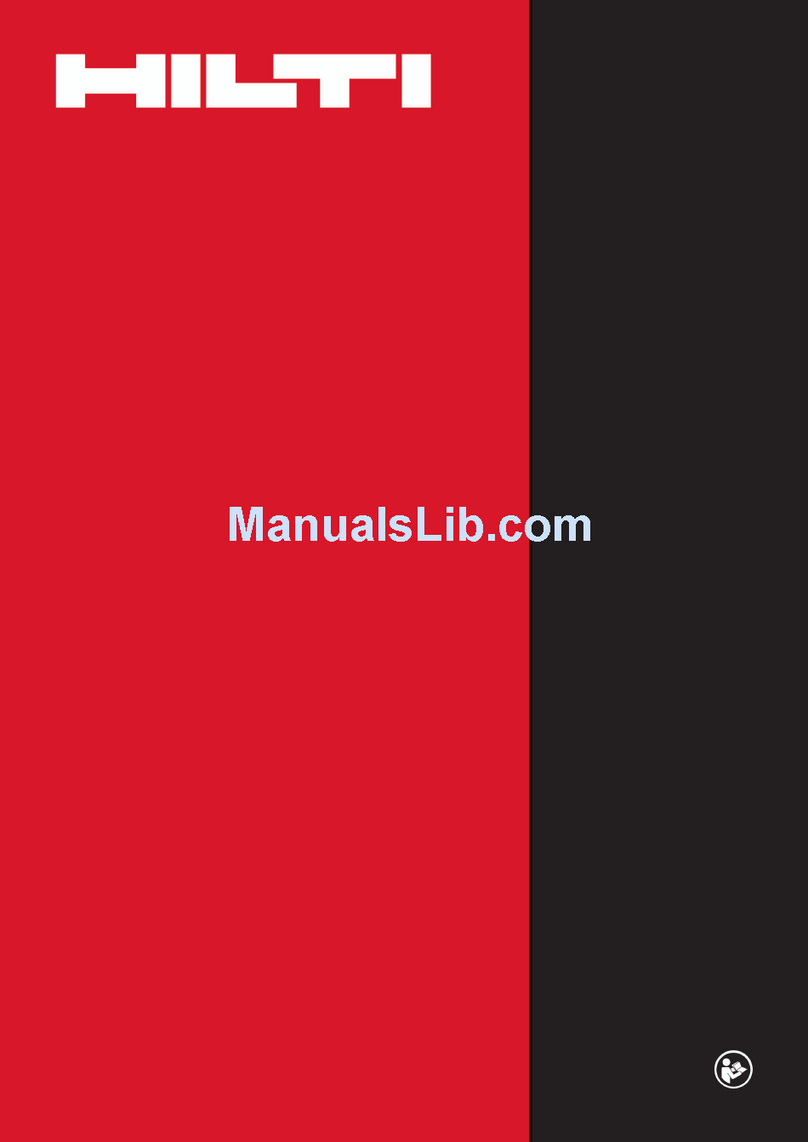
Hilti
Hilti SCW 18-A User manual
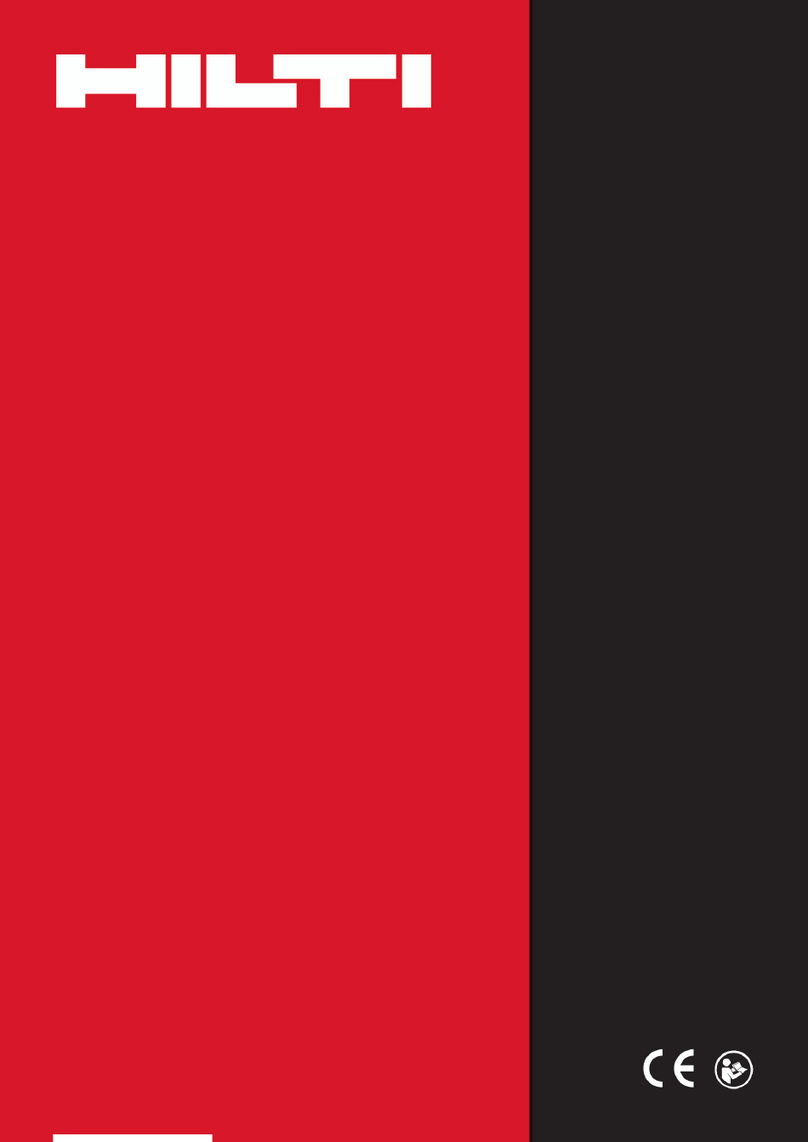
Hilti
Hilti SB 4-A22 User manual
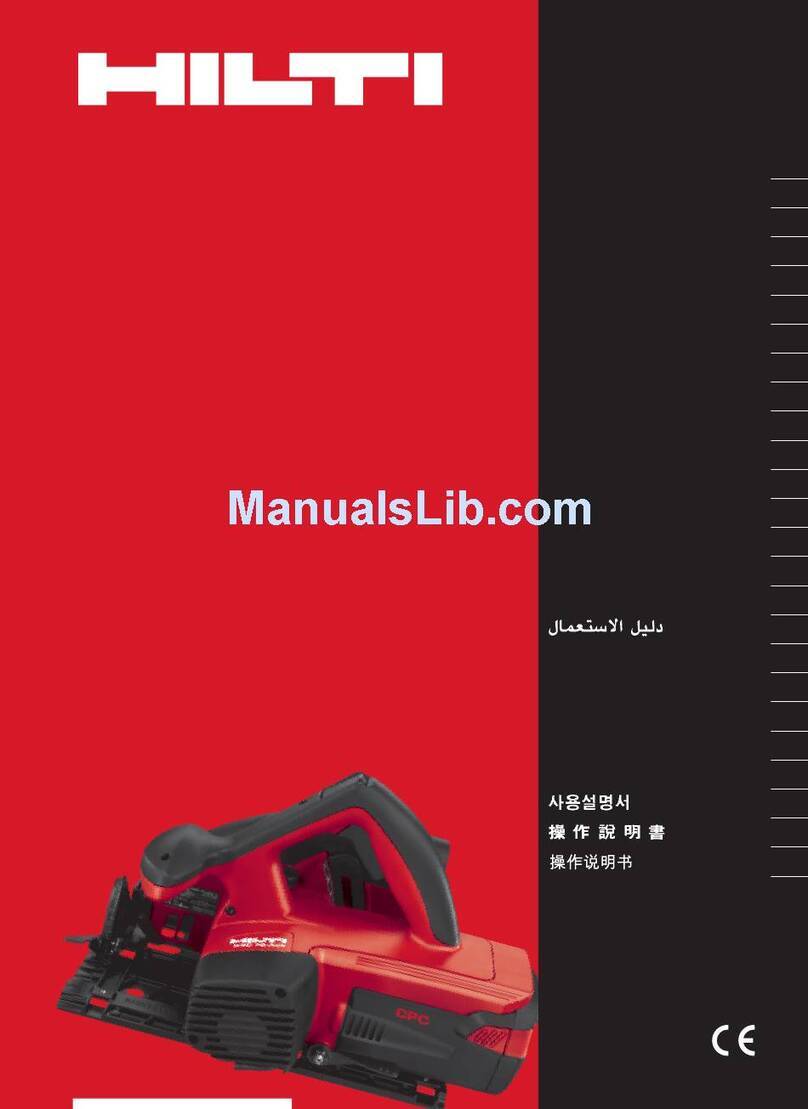
Hilti
Hilti WSC 70-A36 User manual

Hilti
Hilti SR 30-A36 User manual

Hilti
Hilti WSC 85 User manual
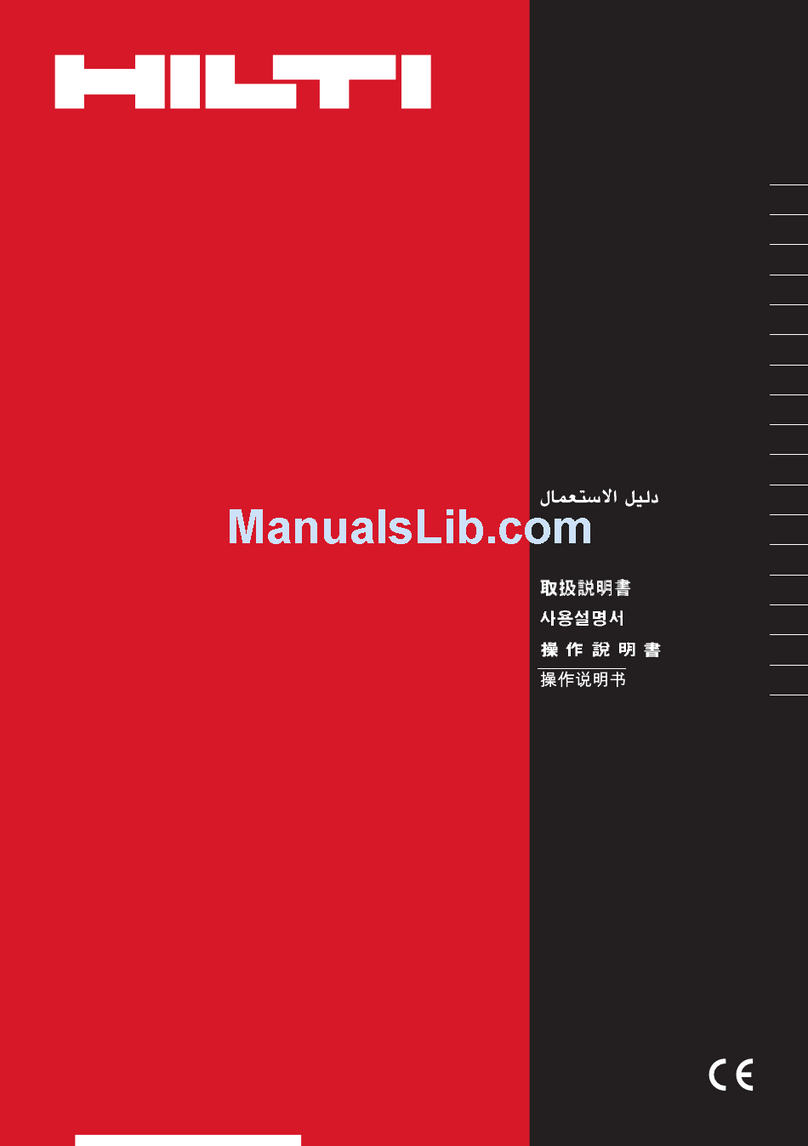
Hilti
Hilti SCW 70 User manual

Hilti
Hilti Nuron DSH 600-22 User manual
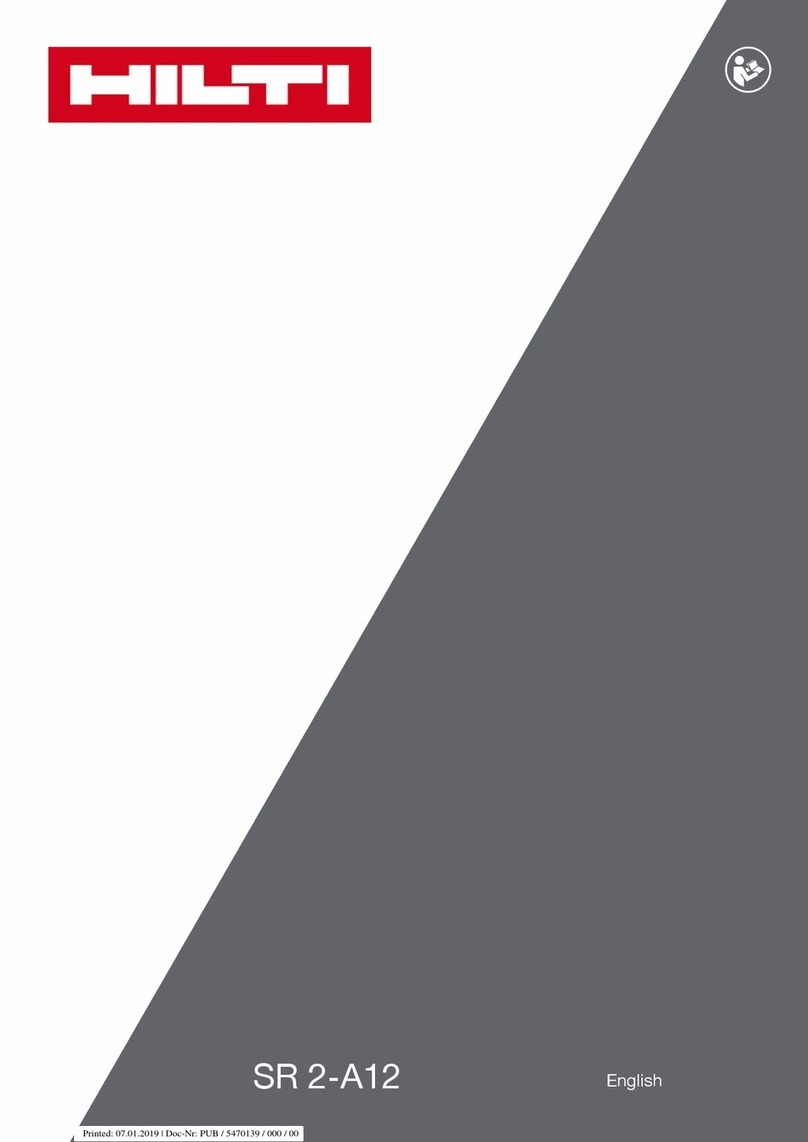
Hilti
Hilti SR 2-A12 User manual
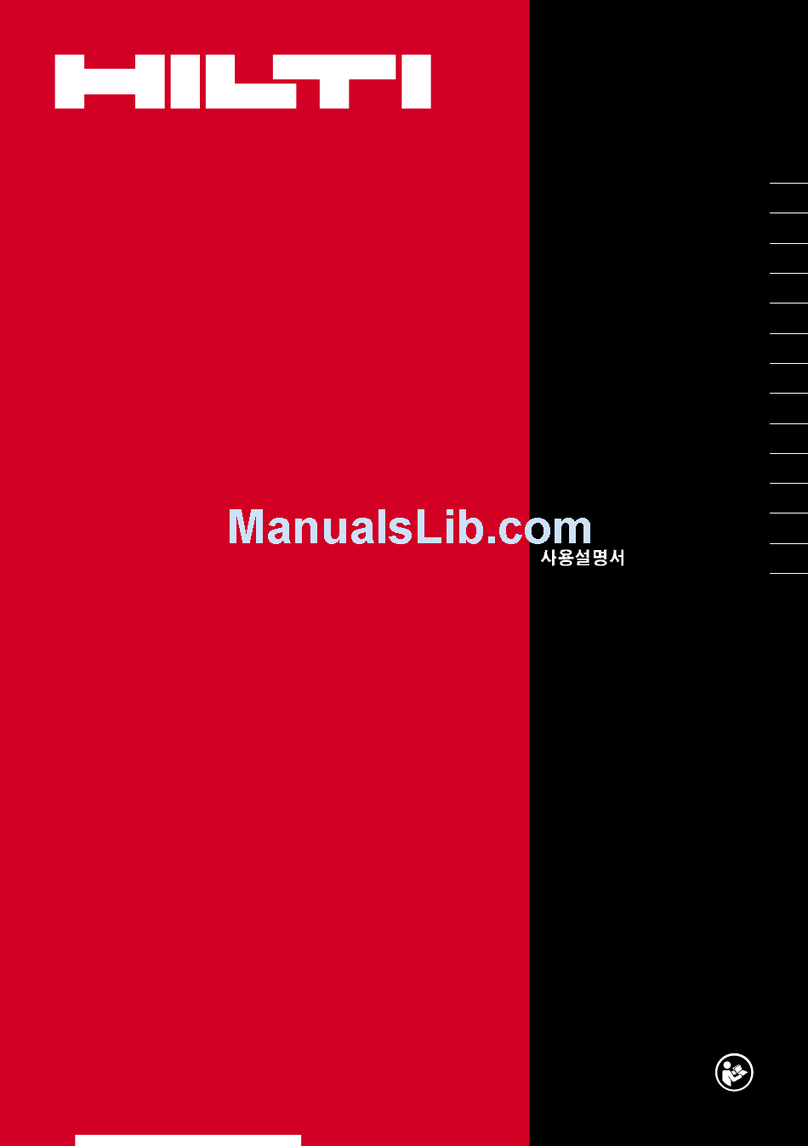
Hilti
Hilti SC 55W User manual

Hilti
Hilti WSR 1000 User manual

Hilti
Hilti DSH 600 User manual

Hilti
Hilti WSR 900-PE User manual
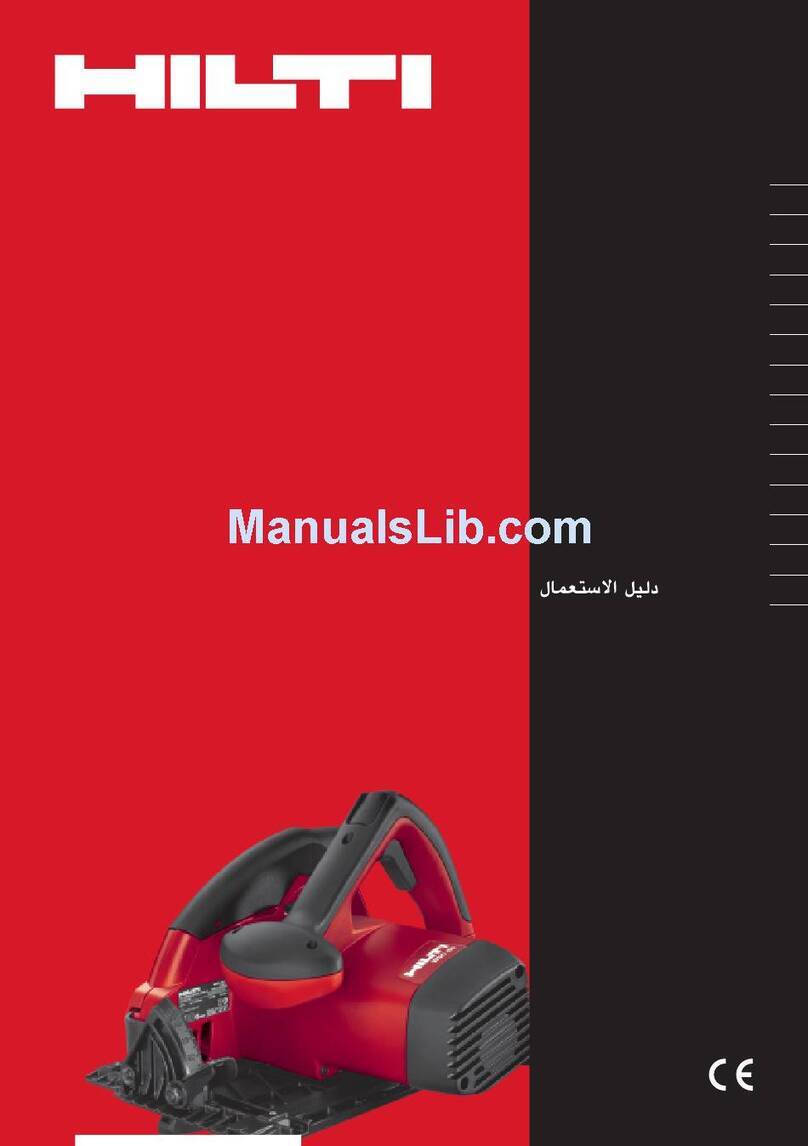
Hilti
Hilti WSC 70 User manual
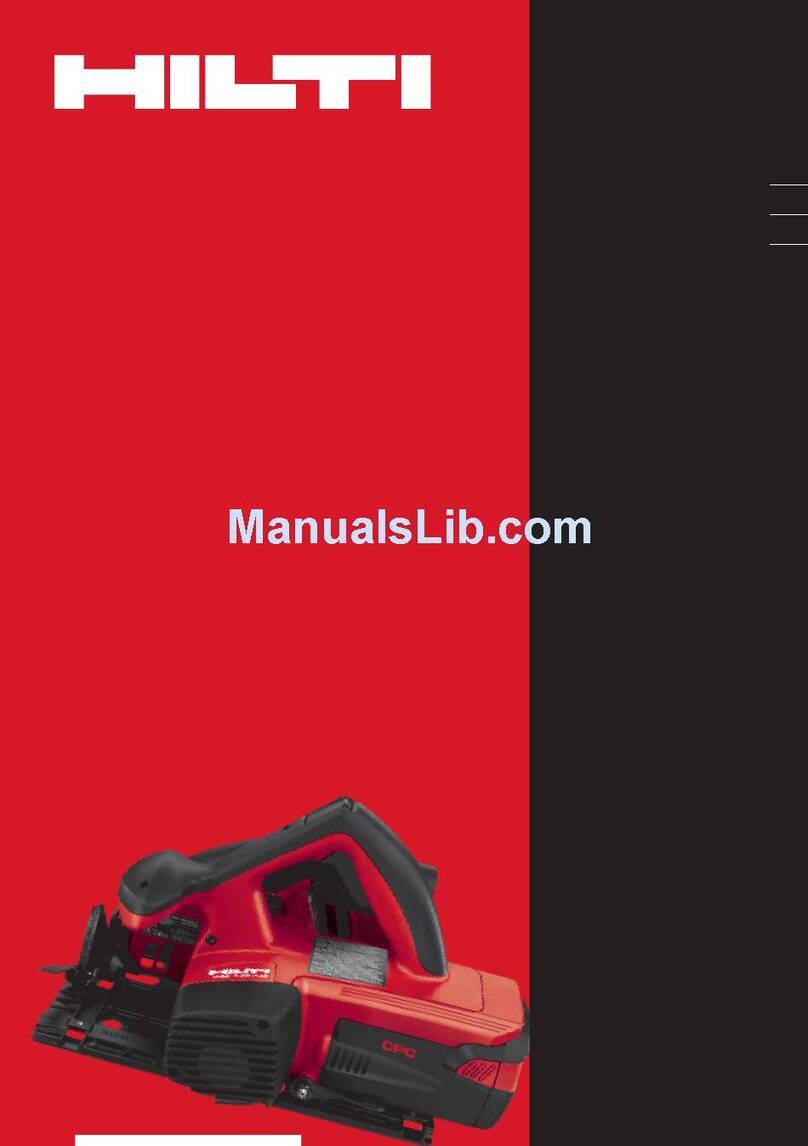
Hilti
Hilti WSC 7.25-A36 User manual
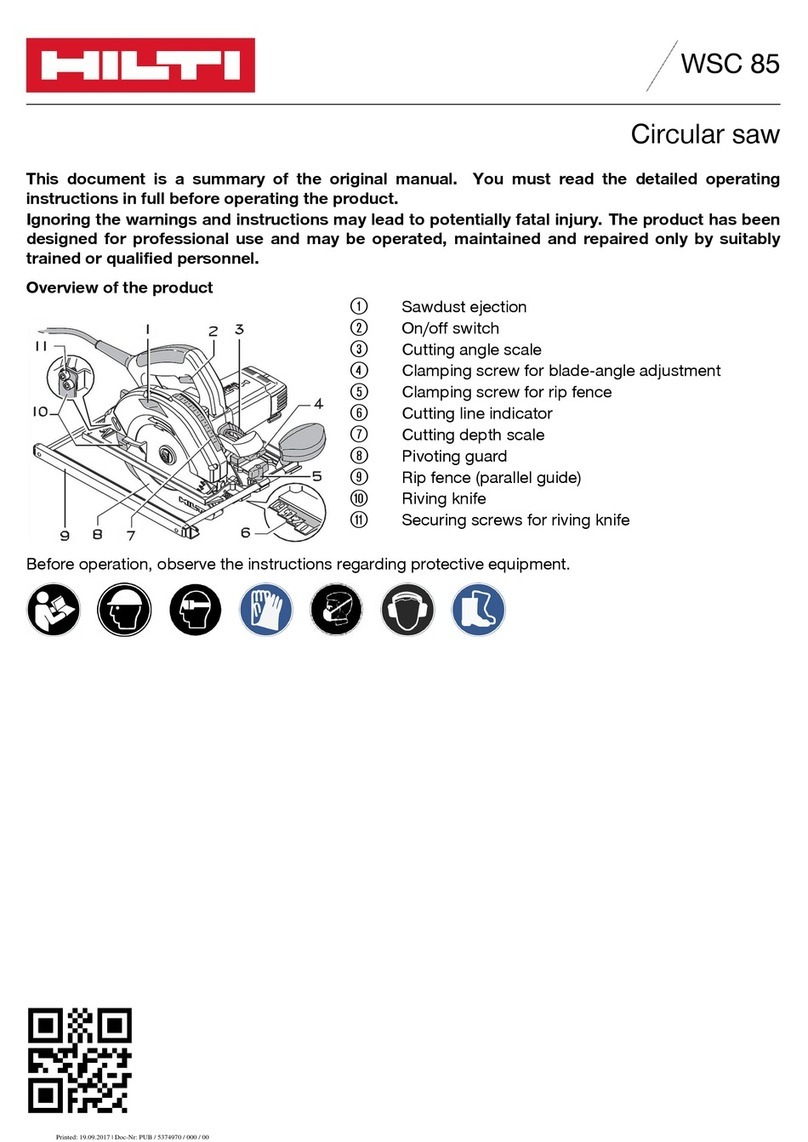
Hilti
Hilti WSC 85 User manual
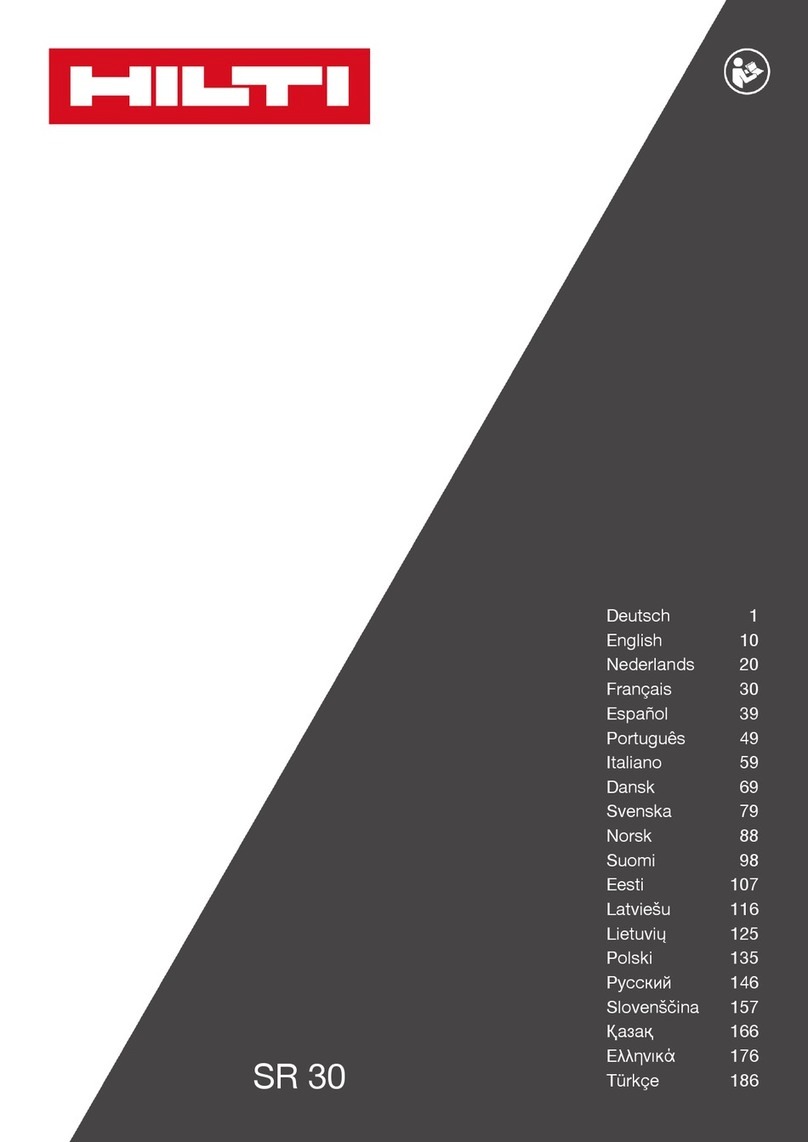
Hilti
Hilti SR 30 User manual
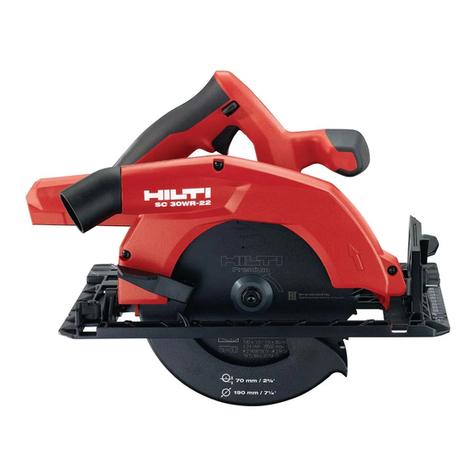
Hilti
Hilti Nuron SC 30WR-22 User manual

Hilti
Hilti DS WS15 User manual

Hilti
Hilti WSC 255 User manual


